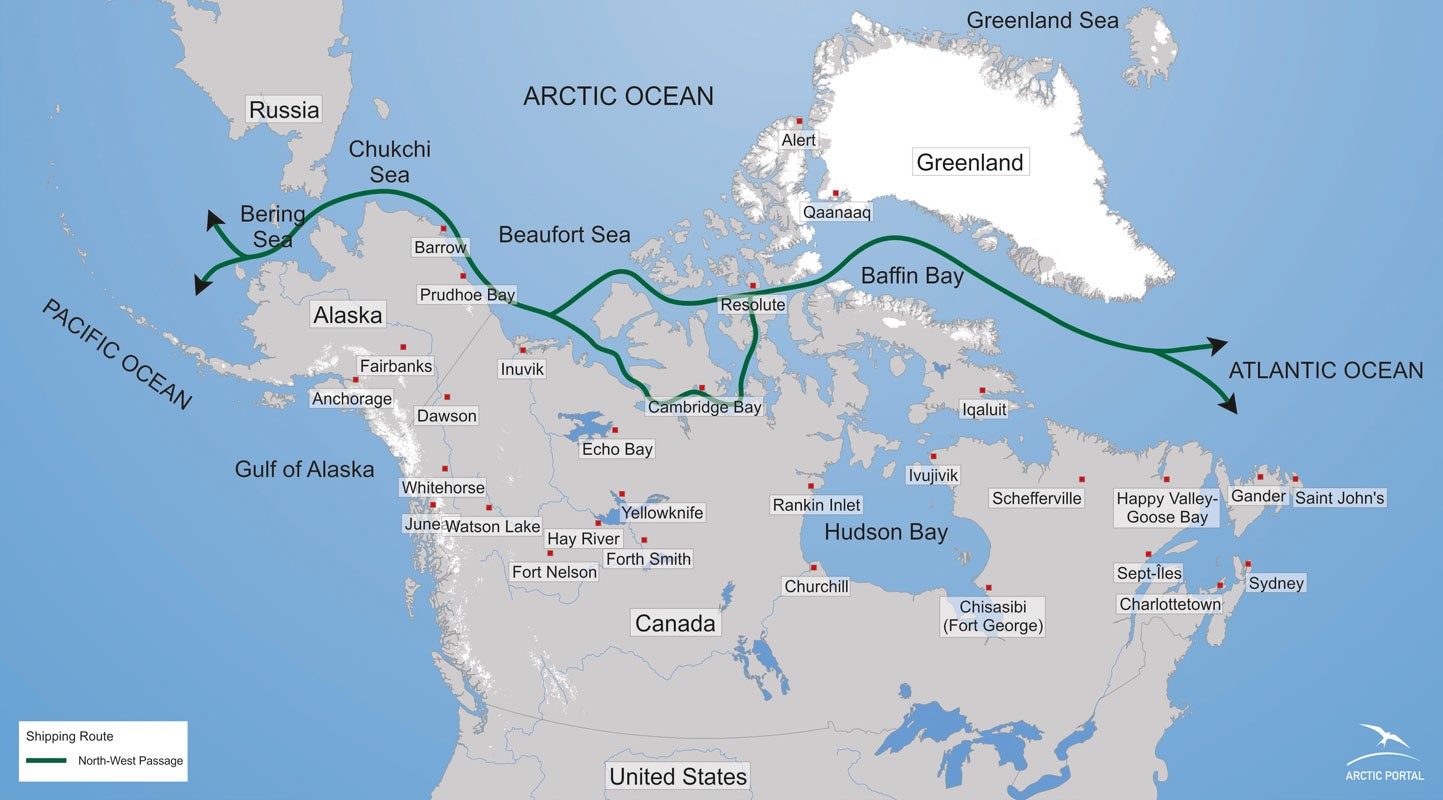Free Courses Sale ends Soon, Get It Now


Free Courses Sale ends Soon, Get It Now



Disclaimer: Copyright infringement not intended.
Context:
An ice-free Northwest Passage has enabled the Gray Whale’s return to New England.
Details:
Northwest Passage
Shipping activity
Arguments on jurisdiction
Significance of the passage with relation to development in the Arctic region
Recent Developments
Climate change to blame
Gray whales
|
PRACTICE QUESION The Bering Strait located between US and which of the following countries?
Answer D |
© 2024 iasgyan. All right reserved